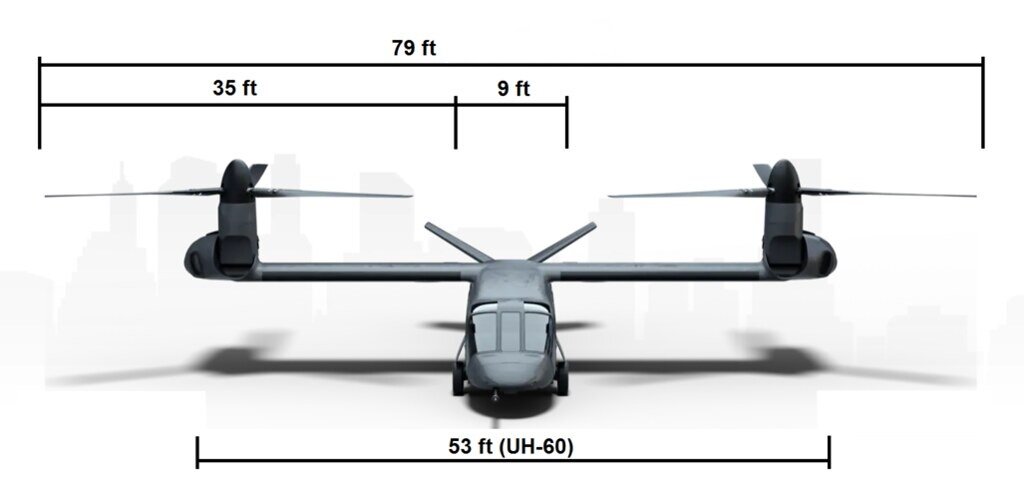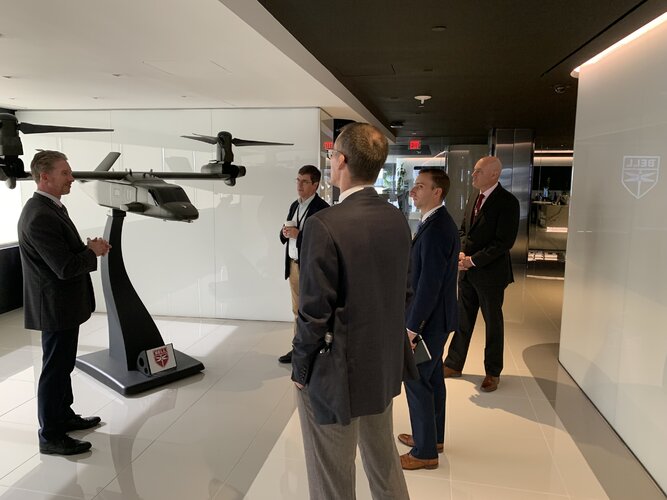Well it is illegal in most states in the US to text or manipulate cell phones while driving because you have to look inside.
Looking inside is not the only--or even the major--problem when driving and using a telephone. Hands-free telephone conversations are, as I understand it, no less dangerous. Splitting your attention between driving and attending a meeting, arguing with a significant other, etc. is the root problem.
Humans cannot truly multitask. Like most computers, we
premptively multitask, stopping one job while we cut over completely to the other and then switching back. During the switch, you aren't doing anything but switch. Switching losses degrade our performance in both tasks.
Switching over once, to press a button for example, is usually not a problem, because the amount of time away from the main task--driving--is minimal. But talking on the phone while driving requires
constant switching back and forth.
Unlike buttons, touch screens are
interactive. They pretty much force us to turn what was a single task--pushing a button--into a
conversation, with all of the attention deficits that result from multitasking.
So why are multifunction displays now ubiquitous? It is because they are much denser information-wise and thus fit much more functionality into a given space. If you have a really complex system that provides lots and lots of rapidly changing information and lots of complex control options, the switching costs that go with choosing among all the resulting buttons and dials start to add up. Compare the cockpit and capabilities of a Century-series fighter with those of an F-16, Typhoon, or Gripen--the latter have lots more glass panels for a reason.
So there is a trade-off, as in most engineering problems. To simplify the controls and provide switches or buttons, you have to give up a lot of control over the system's capabilities. On the other hand, to provide a control for every capability, you need a multifunction interactive interface that may prove unusable when it is needed most.
I suspect that industry is no longer putting enough thought into this tradeoff. When I started in the IT industry, a lot of resources were being poured into "human factors engineering", a discipline focused on just these kinds of issues. I met some really smart people tasked with it. Unfortunately, they were always among the first to be let go when revenues slowed. Why spend money on interface improvements when you can copy what everyone else does and spend the "savings" on managerial bonuses and stock buybacks?








